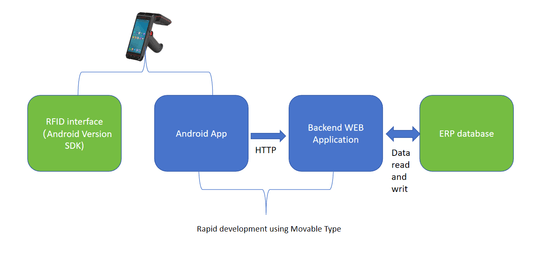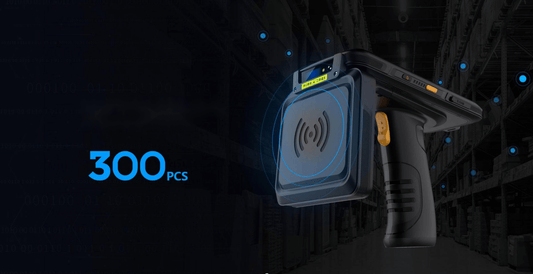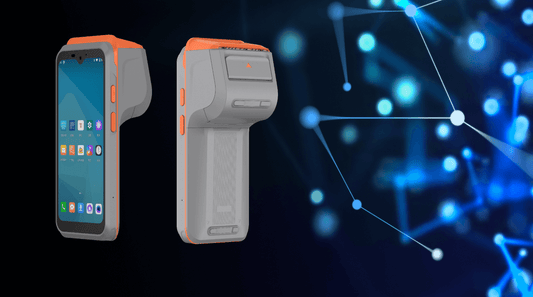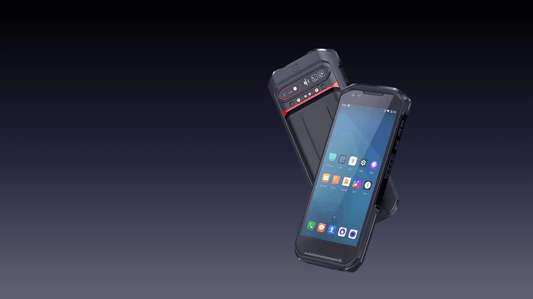Body-Worn Cameras in Healthcare: Enhancing Patient and Staff Safety
The healthcare industry is constantly evolving, adopting new technologies to improve patient care and operational efficiency. One such innovation gaining traction is body-worn cameras (BWCs)—a tool traditionally associated with law enforcement but now proving valuable in medical settings.
Hospitals, clinics, and long-term care facilities face challenges such as:
-
Violence against healthcare workers (nurses, doctors, and staff)
-
Patient safety incidents (falls, disputes, or abuse allegations)
-
Legal and compliance documentation (real-time evidence for investigations)
This article explores how BWCs enhance safety, improve accountability, and streamline operations in healthcare.
The Growing Need for Body-Worn Cameras in Healthcare
1. Rising Violence Against Healthcare Workers
Healthcare professionals, especially in emergency rooms and psychiatric units, frequently experience verbal abuse, physical assaults, and threats. According to the U.S. Bureau of Labor Statistics, healthcare workers account for 73% of all nonfatal workplace violence injuries—far higher than any other industry.
How BWCs Help:
-
Deterrence Effect: Visible cameras discourage aggressive behavior.
-
Evidence Collection: Recordings provide objective documentation in assault cases.
-
Staff Protection: Footage can validate self-defense claims or disprove false accusations.
2. Enhancing Patient Safety and Care Quality
BWCs aren’t just for staff protection—they also improve patient outcomes.
Use Cases:
-
Elderly Care: Monitoring for neglect or abuse in nursing homes.
-
Mental Health Units: De-escalating volatile situations in psychiatric wards.
-
Surgical & Clinical Settings: Recording procedures for training and legal protection.
A UK pilot study found that BWCs in care homes reduced false allegations by 40% while improving staff accountability.
3. Legal and Compliance Benefits
Healthcare facilities must comply with strict regulations (HIPAA, GDPR, etc.). BWCs can help:
-
Document informed consent before procedures.
-
Resolve disputes (patient vs. staff, staff vs. management).
-
Support malpractice investigations with unbiased evidence.
However, privacy concerns must be addressed (see Ethical Considerations below).
Key Benefits of Body-Worn Cameras in Healthcare
1. Real-Time Incident Documentation
Unlike stationary CCTV, BWCs capture first-person perspectives, crucial for:
-
Assault investigations (who initiated aggression?)
-
Medication errors (was protocol followed?)
-
Patient complaints (was care properly administered?)
2. Improved Staff Accountability & Training
-
Training Tool: Review footage to improve bedside manner and crisis response.
-
Performance Reviews: Identify best practices and areas needing improvement.
3. Faster Conflict Resolution
-
Patient-Family Disputes: Clear evidence prevents "he said, she said" scenarios.
-
Legal Protection: Hospitals using BWCs report fewer frivolous lawsuits.
Ethical and Privacy Considerations
While BWCs offer advantages, they raise ethical dilemmas:
1. Patient Consent & Privacy
-
HIPAA Compliance: Ensure recordings don’t expose sensitive patient data.
-
Opt-In Policies: Some hospitals require patient consent before recording.
2. Data Storage & Security
-
Encrypted Storage: Prevent unauthorized access to footage.
-
Retention Policies: Automatically delete non-critical recordings after 30-90 days.
3. Staff Acceptance
-
Transparency: Explain camera usage to avoid distrust.
-
Selective Recording: Allow staff to pause recording in sensitive situations (e.g., trauma cases).
Implementing BWCs in Healthcare: Best Practices
1. Define Clear Policies
-
When to Record: Only during high-risk interactions (e.g., combative patients).
-
Who Can Access Footage: Restricted to HR, legal teams, or law enforcement.
2. Choose the Right Technology
-
High-Resolution Audio/Video: Essential for evidence clarity.
-
Cloud Storage: Secure, scalable, and HIPAA-compliant.
-
Long Battery Life: Ensure cameras last an entire shift.
3. Train Staff Effectively
-
When & How to Use BWCs: Avoid overuse in non-critical situations.
-
De-escalation Techniques: Combine BWCs with conflict resolution training.
Case Studies: Success Stories
1. UK NHS Trials (2022-2023)
-
Reduction in violent incidents: 30% drop in ER assaults.
-
Faster dispute resolution: 50% fewer prolonged investigations.
2. U.S. Hospital Security Upgrades (2023)
-
Staff satisfaction: 78% felt safer with BWCs.
-
Legal cost savings: Reduced settlement payouts by $200,000 annually.
Conclusion: The Future of BWCs in Healthcare
Body-worn cameras are more than just security tools—they enhance patient safety, staff protection, and legal compliance. While privacy concerns exist, proper policies and technology can mitigate risks.
As healthcare evolves, BWCs will likely become standard in high-risk departments, much like they are in law enforcement. Hospitals adopting this technology early will benefit from:
✔ Fewer violent incidents
✔ Lower legal costs
✔ Improved patient trust
Final Thought: The question isn’t whether BWCs belong in healthcare—it’s how to implement them responsibly.
No comments












0 comments